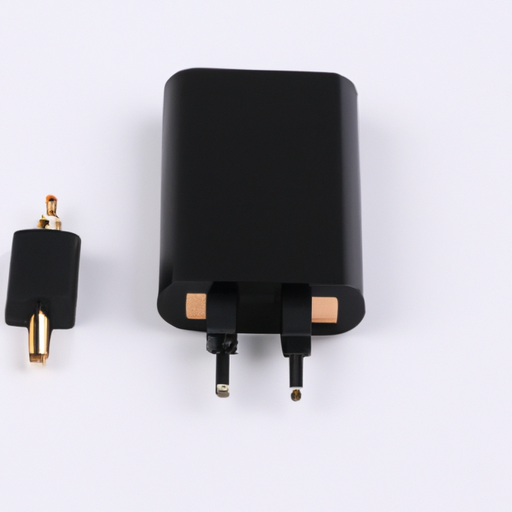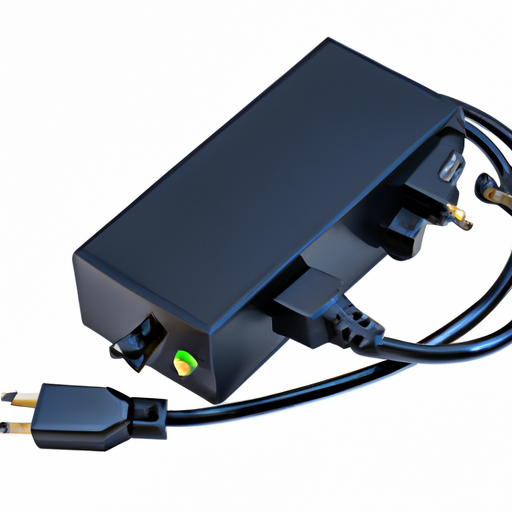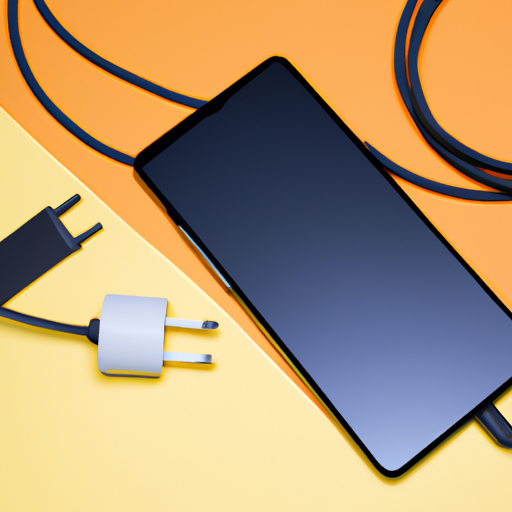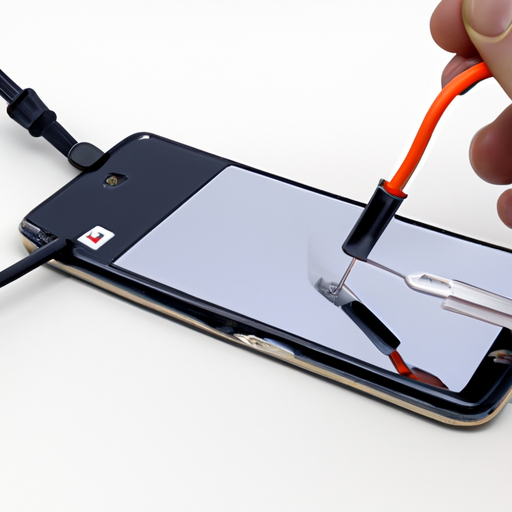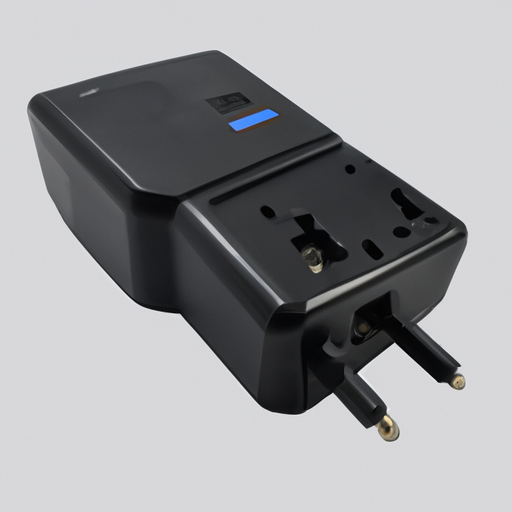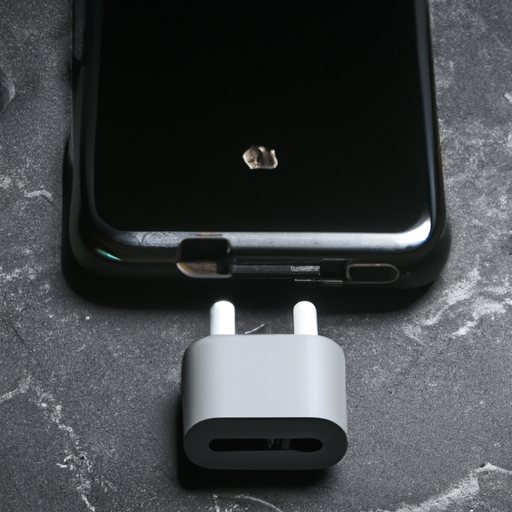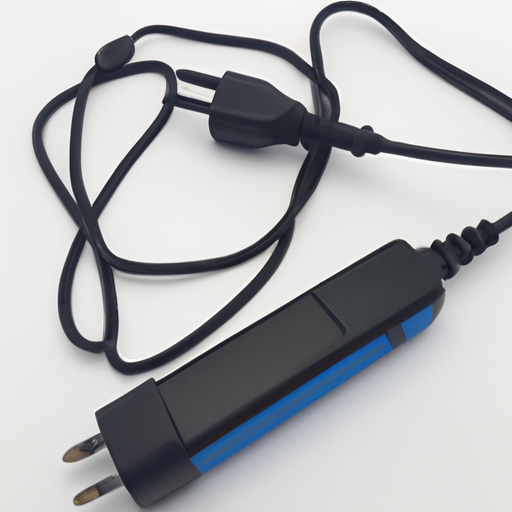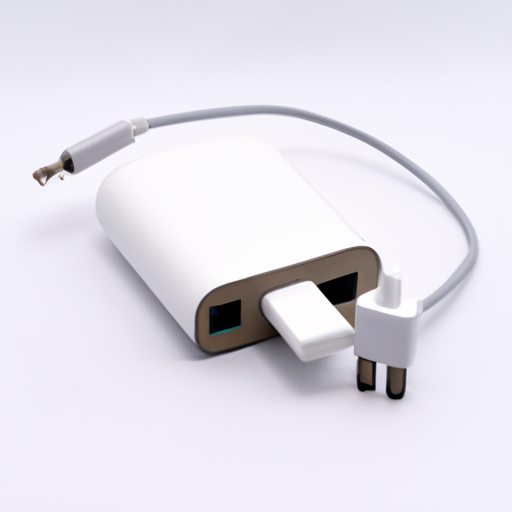What Kind of Product is a Fast Charging Mobile Power Supply?
I. Introduction
In our fast-paced, technology-driven world, staying connected is more important than ever. As smartphones, tablets, and other portable devices become integral to our daily lives, the need for efficient charging solutions has surged. Enter the fast charging mobile power supply—a game-changer in the realm of device charging. This article will explore what fast charging mobile power supplies are, how they work, the different types available, their benefits and limitations, and future trends in this exciting technology.
II. Understanding Fast Charging Technology
A. Explanation of Fast Charging
Fast charging refers to the ability to charge a device at a significantly quicker rate than standard charging methods. While traditional chargers typically deliver a consistent low voltage, fast chargers utilize higher voltage and current levels to expedite the charging process. This means that users can spend less time tethered to a power source and more time using their devices.
Several fast charging standards have emerged, including Qualcomm Quick Charge, USB Power Delivery (USB PD), and others. Each standard has its own specifications and compatibility requirements, but they all aim to reduce charging time while ensuring safety and efficiency.
B. The Science Behind Fast Charging
The science of fast charging revolves around the dynamics of voltage and current. In simple terms, voltage is the force that pushes electric current through a circuit, while current is the flow of electric charge. Fast charging technology typically increases both voltage and current to deliver more power to the device's battery.
Battery chemistry also plays a crucial role in fast charging. Lithium-ion batteries, which power most modern devices, have specific charging profiles that dictate how quickly they can be charged without damaging the battery. Fast charging technology is designed to optimize these profiles, allowing for rapid charging while minimizing the risk of overheating or battery degradation.
III. Types of Fast Charging Mobile Power Supplies
A. Portable Power Banks
Portable power banks are perhaps the most popular type of fast charging mobile power supply. These compact devices store electrical energy and can charge multiple devices on the go. When choosing a power bank, it's essential to consider its capacity, measured in milliampere-hours (mAh), and its output power, measured in watts (W). A higher capacity means more charges for your devices, while higher output power translates to faster charging speeds.
B. Wall Chargers
Wall chargers are another common type of fast charging mobile power supply. Unlike power banks, which are portable, wall chargers are designed for stationary use. They plug directly into a wall outlet and provide a consistent power source for charging devices. While they may not offer the same portability as power banks, wall chargers often deliver higher output power, making them ideal for quick charging at home or in the office.
C. Car Chargers
Car chargers are designed for charging devices while on the road. These chargers plug into a vehicle's power outlet and can charge multiple devices simultaneously. Many modern car chargers support fast charging standards, making them a convenient option for users who need to charge their devices during long drives or commutes.
IV. Key Features to Consider
When selecting a fast charging mobile power supply, several key features should be taken into account:
A. Capacity (mAh) and Its Significance
The capacity of a power supply is crucial, as it determines how many times it can charge your device before needing a recharge itself. A power bank with a capacity of 10,000 mAh can typically charge a smartphone two to three times, depending on the device's battery size.
B. Output Power (W) and Charging Speed
The output power of a charger is another critical factor. A charger with a higher wattage can deliver more power to your device, resulting in faster charging times. For example, a 30W charger can charge a compatible device much quicker than a 5W charger.
C. Number of Ports and Simultaneous Charging Capabilities
If you have multiple devices, consider a power supply with multiple ports. This feature allows you to charge several devices at once, making it a convenient option for families or individuals with multiple gadgets.
D. Safety Features
Safety should always be a priority when choosing a charging solution. Look for power supplies with built-in safety features, such as overcharge protection, temperature control, and short-circuit prevention. These features help protect both the charger and your devices from potential damage.
E. Portability and Design Considerations
Finally, consider the design and portability of the power supply. If you plan to carry it around, a lightweight and compact design is essential. Additionally, some power banks come with features like LED indicators, built-in cables, or rugged designs for outdoor use.
V. Benefits of Using Fast Charging Mobile Power Supplies
A. Time Efficiency in Charging Devices
One of the most significant advantages of fast charging mobile power supplies is the time saved during charging. With the ability to charge devices rapidly, users can quickly get back to using their gadgets without long interruptions.
B. Convenience for Users on the Go
Fast charging solutions are particularly beneficial for users who are frequently on the move. Whether you're traveling, commuting, or simply out and about, having a reliable fast charging power supply ensures that your devices remain charged and ready for use.
C. Enhanced Device Longevity Through Optimized Charging
Fast charging technology is designed to optimize the charging process, which can help extend the lifespan of your device's battery. By adhering to the battery's optimal charging profile, fast chargers can reduce the risk of overheating and other issues that can lead to battery degradation.
D. Versatility Across Multiple Devices
Many fast charging mobile power supplies are compatible with a wide range of devices, including smartphones, tablets, and even laptops. This versatility makes them a valuable addition to any tech enthusiast's toolkit.
VI. Limitations and Considerations
A. Compatibility Issues with Devices
While fast charging technology is becoming more widespread, compatibility issues can still arise. Not all devices support fast charging, and using a fast charger with a non-compatible device may not yield the expected results. Always check your device's specifications before investing in a fast charging solution.
B. Potential Heat Generation and Its Effects
Fast charging can generate heat, which can be detrimental to both the charger and the device. While most modern chargers are designed to manage heat effectively, it's essential to monitor the temperature during charging to prevent potential damage.
C. Cost Considerations Compared to Standard Chargers
Fast charging mobile power supplies can be more expensive than standard chargers. While the benefits often outweigh the costs, it's essential to consider your budget and charging needs before making a purchase.
D. Misconceptions About Fast Charging
There are several misconceptions surrounding fast charging, such as the belief that it will always charge your device to 100% in record time. In reality, charging speeds can vary based on several factors, including the device's battery size, the charger's output power, and the charging cable used.
VII. Future Trends in Fast Charging Technology
A. Innovations in Battery Technology
As technology continues to evolve, we can expect to see innovations in battery technology that will further enhance fast charging capabilities. New battery chemistries and designs may allow for even faster charging times and improved safety features.
B. The Rise of Wireless Fast Charging
Wireless charging has gained popularity in recent years, and fast wireless charging is becoming more common. This technology allows users to charge their devices without the need for cables, providing added convenience.
C. Integration with Renewable Energy Sources
As the world shifts towards sustainability, we may see fast charging mobile power supplies that integrate with renewable energy sources, such as solar panels. This development could provide users with eco-friendly charging solutions while on the go.
D. Predictions for the Future of Mobile Power Supplies
Looking ahead, we can anticipate a continued focus on improving charging speeds, enhancing safety features, and increasing compatibility across devices. As consumer demand for efficient charging solutions grows, manufacturers will likely innovate to meet these needs.
VIII. Conclusion
Fast charging mobile power supplies have become essential tools for modern life, offering convenience, efficiency, and versatility. As technology continues to advance, these products will only become more sophisticated, providing users with even greater benefits. When choosing the right fast charging solution, consider factors such as capacity, output power, safety features, and compatibility with your devices. Staying informed about advancements in fast charging technology will ensure that you make the best choices for your charging needs.
IX. References
- [Qualcomm Quick Charge](https://www.qualcomm.com)
- [USB Power Delivery](https://www.usb.org)
- [Battery University](https://batteryuniversity.com)
- [Consumer Reports on Fast Charging](https://www.consumerreports.org)
By understanding the intricacies of fast charging mobile power supplies, you can make informed decisions that enhance your tech experience and keep you connected in our fast-paced world.

